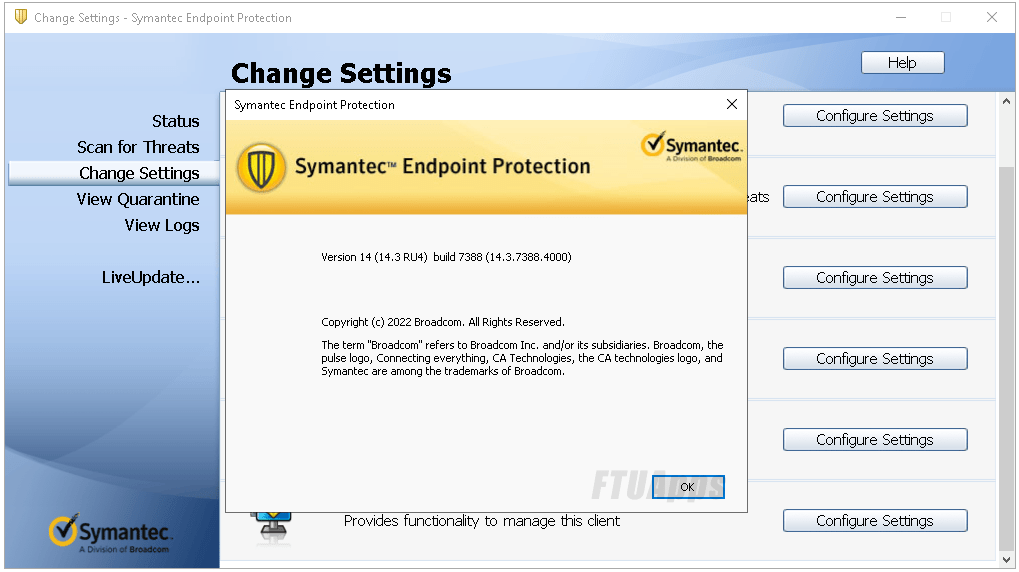

- Symantec endpoint manager move database how to#
- Symantec endpoint manager move database install#
- Symantec endpoint manager move database upgrade#
- Symantec endpoint manager move database license#
- Symantec endpoint manager move database windows#


Symantec endpoint manager move database windows#
Since a new Windows Server 2019: W2K19-APPS01 has a new IP and hostname, we will follow an additional set of steps to migrate clients using a Management Server List. Click Nextī) Click Start > Programs > Symantec Endpoint Protection Manager > Database Backup and Restore.Ĭ) Follow the on-screen steps to restore the database.
Symantec endpoint manager move database install#
Symantec endpoint manager move database license#
The recovery file includes the encryption password, keystore files domain ID, certificate files, license files, and port numbers.The backup file is called date_ timestamp.zip. By default, the database backup folder is saved to the following default location:Ĭ:\Program Files (x86)\Symantec\Symantec Endpoint Protection Manager\data\backup Navigate to SEPM Database back up and Restore and back up the database.New Windows Server 2019 VM: W2K19-APPS01. For this article, I am testing on my lab. SEPM in my environment run’s on embedded databases, it is a smooth ride.
Symantec endpoint manager move database upgrade#
Since DCSA approved deployment of Windows Server 2019, it is a season for me to migrate / upgrade all the servers and applications from Windows Server 2012 R2 to Windows Server 2019. Way back in 20, I successfully migration all applications and servers from Windows Server 2008 R2 to Windows Server 2012 R2. Logon to the computer with an administrator privileged account.Posted in IT, Microsoft, Windows Server 2012 Other sources make mention to the SylinkDrop utility, which this guide doesn't use to perform the intended function.ġ. I was unable to locate other sources that provided the same information contained herein. SEPM – Symantec Endpoint Protection Manager The client group the SEP client is moving to must already exist. A local administrator privileged account must be used.Ĥ. The SEP client must remain in the same SEP domain it is currently in.ģ. The SEP client must be installed, managed and able to communicate with a SEPM.Ģ. It is assumed that the personnel implementing the steps in this guide have basic knowledge of the Windows operating system and are comfortable making modifications in the registry.ġ. Information Technology personnel responsible for support of the SEP environment. The information in this guide is based on version 11.0 RU6 of the product. At that point that utility is only useful for re-establishing communication between the client and SEPM. The SylinkDrop utility that comes with SEP unfortunately does not move the client when it is already registered. These steps may prove particularly useful because they allow the client to move after it has already been registered to a SEPM.
Symantec endpoint manager move database how to#
The purpose of this guide is to explain how to manually move a SEP client to a different client group by performing steps on the client-side.


 0 kommentar(er)
0 kommentar(er)
